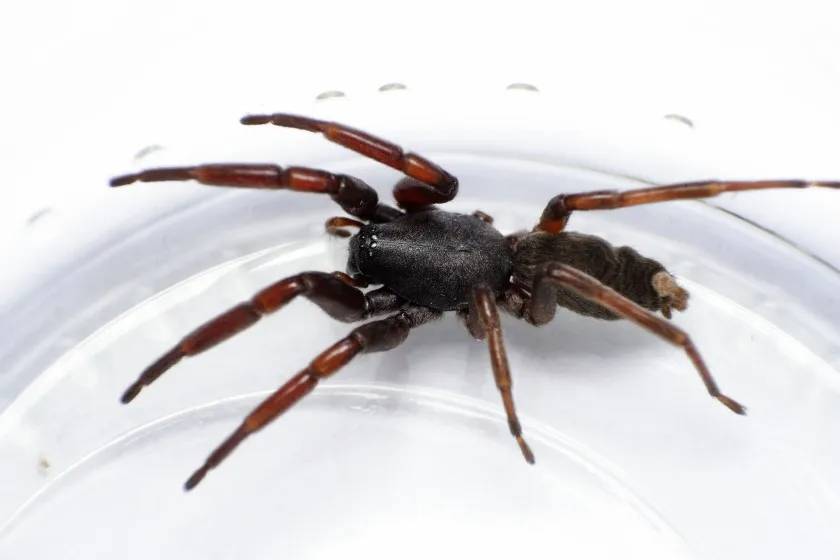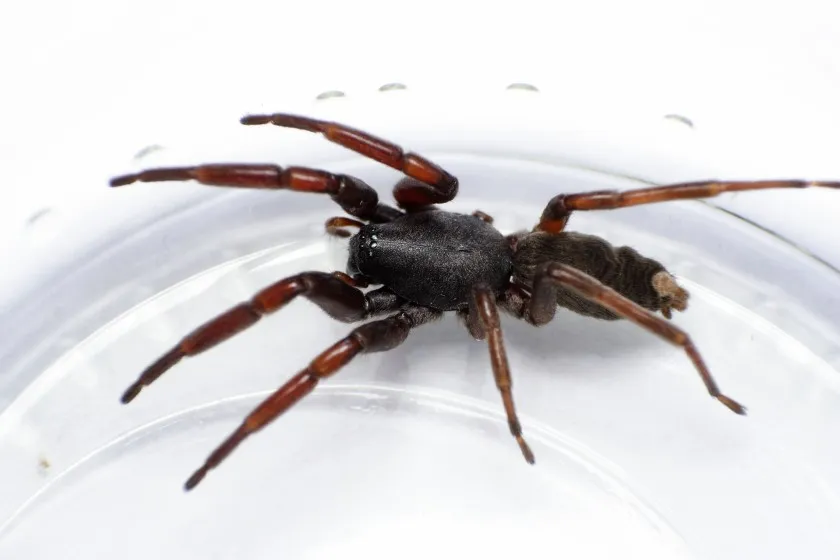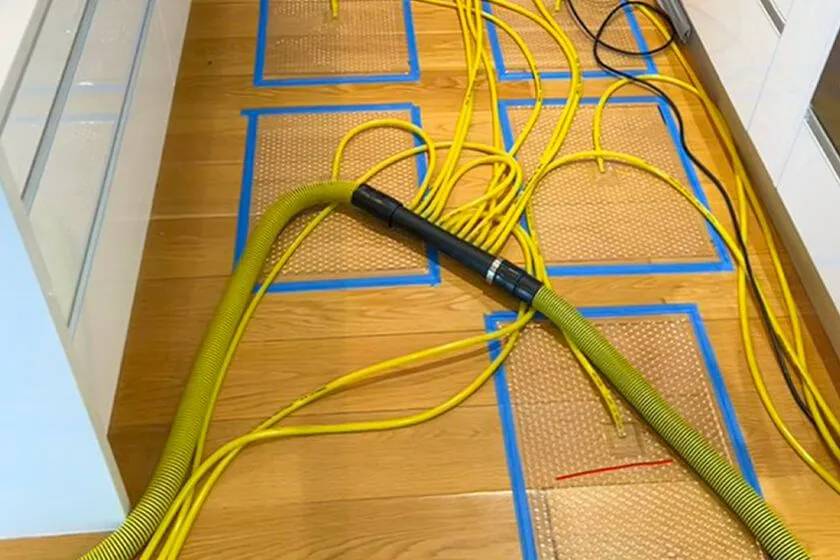
Across the ditch, Australia is known for its buffet of poisonous spiders, eating birds, landing on people's heads, or even settling down and growing families in derelict cars – yuck! Thankfully here in Aotearoa, we don't have too much to worry about when it comes to spiders… that is, except for the dreaded White Tail. Since childhood, us Kiwis have heard stories of these nasty little critters biting people, making it one of the most dreaded and hated pests. Since then, we have armed ourselves with a can of fly spray. Our fear of these spiders can get a little carried away, and we begin to spin a web of myths. Let's dig a little deeper and decide for ourselves how much that scary-looking spider chilling in the corner of the windowsill actually poses a threat.
Where would I find a White Tailed Spider?
White Tail Spiders were introduced to New Zealand from Australia. Their first appearance was recorded in Waiwera, Auckland, in 1886. It seems they jumped on the ship with the early colonists; perhaps they were sick of the heat in Aussie! They have since spread across the country, commonly found across the North Island and occasionally on the South Island. They are most commonly found in urban buildings, which isn't such great news for us when they invite themselves into our houses and set up camp.
These spiders are eager hunters, and their preferred prey includes other spider species. During the winter months, White Tail Spiders may venture into your home to seek out their favourite snack; grey house spiders. Or if they've been night hunting outdoors, they'll look for a warm, dry area to rest, which is why our homes are so appealing. What's even more disturbing is that their desire for a warm spot drives them into our bedding while we're sleeping – eek!
If you've left any clothing or footwear lying about the house, it best to give it a shake before putting it on, as White Tailed Spiders are commonly found hiding out in there. A tell-tale sign that you have White Tails living it up in your whāre is if there are multiple cobwebs around with missing spiders (they’ve been eaten!)
What does a White Tail Spider look like?
Tall, dark, and maybe not so handsome, White Tails are commonly slender in shape, grey-brown in colour, with orange-ish legs. Their biggest tell-tale sign is their unique white spot on their tail (hence the name!), which can be found on either side of the abdomen for males and young spiders. Fully spanned out, a fully grown White Tail is roughly the size of a fifty-cent coin. There are actually two different species found in New Zealand, but to differentiate between the two requires microscopic examination.

How bad is a White Tail Spider bite?
While White Tails have been blamed for necrosis and ulcerations after bites have occurred, it has not been proven that the bites themselves are the direct cause of these effects. There are a handful of cases where people have ended up with some nasty bites thought to be from a White Tail. However, any evidence to prove this isn't very convincing. Where a White Tail has been positively confirmed as the culprit of a bite, the bite is usually found to be instantly painful, the pain lasting for a while, and swelling found around the bite. These bites can develop into a minor wound that looks a bit like a boil, usually healing itself within 7 days. In some cases, people who have been bitten by a White Tail Spider have reported symptoms similar to a flu. Exceptionally bad infections have resulted in scarring, but only a few people with these bites have such strong reactions. It's more likely that symptoms are a result of infection of the bite rather than the bite itself.
Daddy-long-legs versus a White Tail Spider
There is a bit of a myth going around that a White Tail will eat a Daddy-long-legs Spider and take on its poisonous venom. This has not been proven to be true at all; in fact, it is more likely that a Daddy-long-legs would eat a White Tail, and White Tails tend to stick to eating their own species or grey house spiders! Yes, they are cannibalistic!
How to get rid of White-Tailed Spiders from our homes?
There's common advice out there suggesting that White Tails are repulsed by minty smells, as well as lavender and eucalyptus. While you can follow recipes for natural eradicates, they likely won't veer the spiders away long term. Ensuring your home and its dark spaces are clear of cobwebs, essentially removing the spider's food supply, can help to keep these critters away. Water blasting your home exterior frequently, focusing on small crevices in guttering and roofs where the nests can be found, can be effective. You can also try to invite White Tail predators, such as blackbirds, sparrows, and our native Piwakawaka (Fantail), to your outdoor area with bird feeders. Given White Tailed Spiders are nocturnal, you can try to invite nocturnal birds like the melodious Morepork, New Zealand's endemic owl.

If you've tried everything to get rid of White Tail Spiders from your home, but you're not having much luck – fear not, our team of pest control experts at JAE are here to help with the tools and equipment necessary to eradicate these nasty critters as quickly and as safely as possible. Go on and call your local JAE branch today!
Have other pest problems? Read our Guide to Pest Control in new Zealand

Stop risking damage! We debunk common carpet myths that can void your warranty and speed up re-soiling. Discover why professional hot-water extraction is essential to genuinely protect your investment, improve air quality, and extend your carpet's life.

Not sure when to call a pro for pests like flies, ants, or rats? Find out when it's time to get certified pest control experts in New Zealand to handle the infestation.

When flooding strikes, you don't have to wait for your insurance company to start the vital cleanup. As an insurance-approved supplier, JAE can be your first call. Learn the simple steps to take before you even lodge your insurance claim.